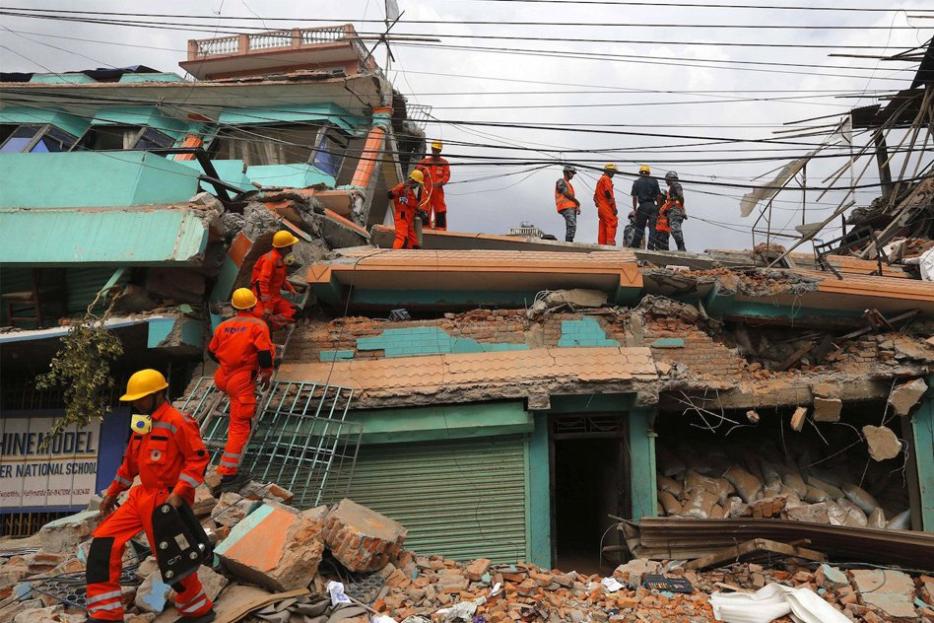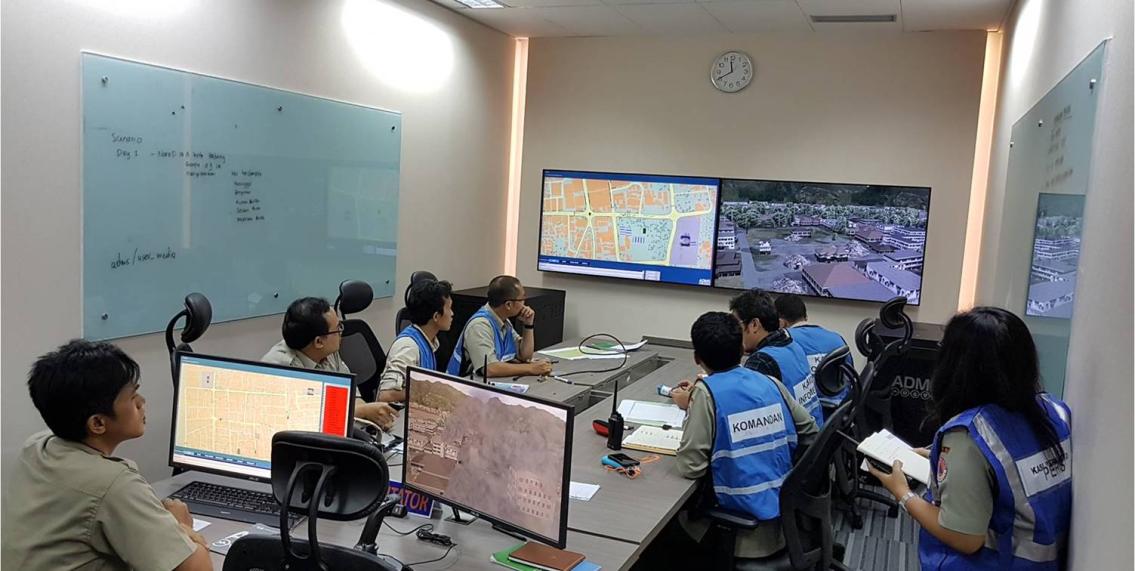Assessing the Accuracy and Reliability of Satellite Data for Disaster Management: A Case Study
In the realm of disaster management, the advent of satellite technology has revolutionized our ability to monitor, respond to, and recover from natural and human-induced calamities. Satellite data provides invaluable insights into disaster-affected regions, enabling timely decision-making and efficient resource allocation. However, the accuracy and reliability of satellite data are paramount to ensure effective disaster management efforts.

Case Study: [Specify The Disaster And Location]
A. Disaster Overview
In [year], [disaster type] struck [region], leaving a trail of devastation and loss. The disaster's impact was widespread, affecting infrastructure, livelihoods, and communities. Satellite data played a crucial role in assessing the extent of damage, coordinating relief efforts, and monitoring the recovery process.
Specific satellite data used in this case included:
- High-resolution optical imagery for damage assessment
- Synthetic aperture radar (SAR) data for flood mapping
- Global positioning system (GPS) data for infrastructure monitoring
B. Accuracy Assessment

To assess the accuracy of satellite data, various methods were employed:
- Ground-truthing: Satellite data was compared with data collected on the ground to verify its accuracy.
- Cross-validation: Different satellite data sources were compared to identify inconsistencies and ensure data integrity.
- Statistical analysis: Statistical techniques were used to evaluate the consistency and reliability of satellite data.
Instances where accurate satellite data aided in disaster response and recovery efforts include:
- Rapid damage assessment: Satellite imagery provided real-time information on the extent of damage to buildings, roads, and critical infrastructure, enabling authorities to prioritize response efforts.
- Flood mapping: SAR data helped identify flooded areas, allowing救援人员 to target evacuation and relief operations more effectively.
- Infrastructure monitoring: GPS data enabled continuous monitoring of infrastructure stability, facilitating timely interventions to prevent further damage.
Limitations and challenges encountered in assessing accuracy included:
- Data latency: Delays in data acquisition and processing can impact the timeliness of disaster response efforts.
- Cloud cover: Cloud cover can obscure satellite imagery, limiting its usefulness in certain regions and weather conditions.
- Data resolution: The resolution of satellite data may not be sufficient to capture fine details, affecting the accuracy of damage assessments.
C. Reliability Assessment
The reliability of satellite data was evaluated based on the following criteria:
- Data availability: The consistency and frequency of data acquisition were assessed to ensure reliable access to satellite data during disasters.
- Data integrity: Measures were taken to verify the integrity of satellite data, including checking for data gaps, errors, and inconsistencies.
- Data security: The security of satellite data was evaluated to prevent unauthorized access and manipulation.
Instances where satellite data proved reliable in disaster management include:
- Continuous monitoring: Satellite data provided continuous monitoring of disaster-affected areas, enabling early detection of emerging threats and timely response.
- Long-term analysis: Satellite data facilitated long-term analysis of disaster trends, helping authorities identify vulnerable areas and develop mitigation strategies.
- International collaboration: Satellite data sharing among countries and organizations facilitated coordinated disaster response and recovery efforts.
Factors that may affect the reliability of satellite data include:
- Satellite malfunctions: Technical issues or malfunctions in satellites can disrupt data acquisition and transmission.
- Atmospheric conditions: Adverse weather conditions, such as heavy clouds or smoke, can interfere with satellite data collection.
- Data processing errors: Errors in data processing and analysis can lead to unreliable results.
Discussion
The findings from the accuracy and reliability assessments highlight the critical role of satellite data in disaster management. Accurate and reliable satellite data enables timely and effective response and recovery efforts, saving lives, protecting property, and facilitating community resilience. However, limitations and challenges in data accuracy and reliability must be addressed to fully harness the potential of satellite technology in disaster management.
To improve the accuracy and reliability of satellite data for disaster management, potential improvements and advancements include:
- Enhanced data acquisition and processing techniques: Investing in advanced technologies to improve the resolution, accuracy, and timeliness of satellite data.
- Improved data sharing and collaboration: Establishing mechanisms for seamless data sharing among disaster management agencies, governments, and international organizations.
- Capacity building and training: Providing training and resources to disaster management personnel to enhance their skills in interpreting and utilizing satellite data.
Accurate and reliable satellite data is essential for effective disaster management. By continuously monitoring and evaluating satellite data quality, we can strengthen the integration of satellite data into disaster management frameworks, enabling more informed decision-making, improved response coordination, and enhanced community resilience in the face of disasters.
YesNo

Leave a Reply